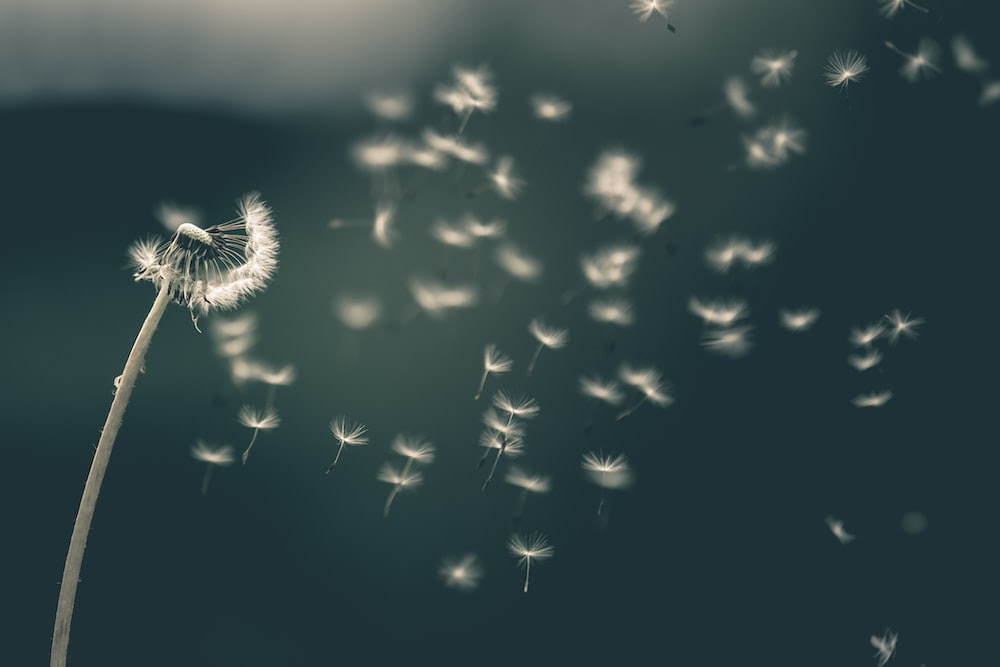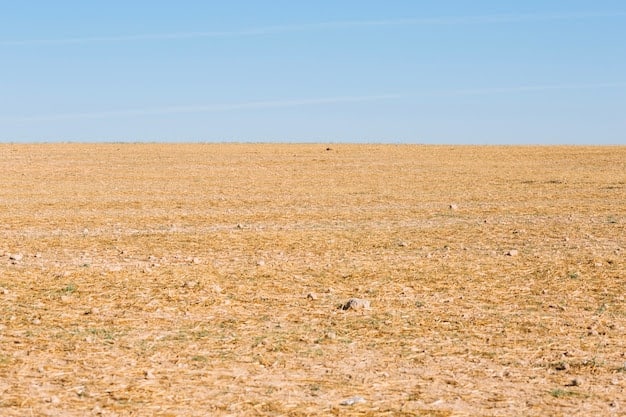
An American study shows that certain fine pollens could make drought worse in the regions concerned, as they promote the formation of clouds associated with dry weather. Over the last few years, scientists have highlighted the role that pollens can play in cloud formation and in the functioning of the climate system.
The mechanism at work involves rain, which causes flowers to appear, releasing pollen that rises into the sky, helping to form clouds and cause precipitation. This rain causes the pollen seeds to fall to the ground, giving rise to new flowers. According to a study published on the website of the American Chemical Society, ACS Publications, the role of pollens is not limited to rain formation.

Before turning into rain, a cloud is able to form if ice manages to cling to a hygroscopic particle floating in the troposphere, called a condensation nucleus. This article enables the water vapour in the air to settle on the ice and form a droplet.
Together, the droplets form clouds. Scientists have simulated this process in the laboratory to understand the link between cloud formation and the pollens of two plant species, ryegrass and ragweed. Pollen seeds, when exposed to moisture, burst and emit small submicron particles that are dispersed in the atmosphere by the wind.
These seeds and particles form condensation nuclei. But while pollen seeds enable relatively large clouds to be formed, which can easily become rainy, scientists have discovered that this is not the case for the small particles, which will create different clouds. These small particles will form smaller clouds than those formed by pollen seeds, and they will not turn into precipitation.
What’s more, the quantity of particles emitted by the pollen of certain types of plants will directly influence the formation of these clouds, which will not give rise to rain. Laboratory results show, for example, that ragweed and ryegrass emit larger quantities of small particles than initially estimated. In addition to not giving rain, their small size allows these particles to penetrate the respiratory system more easily, and in wet weather, their allergenic effect is greater.
Once better understood, this process involving seeds and small pollen particles should enable us to better understand the impact of pollens on the weather, and be incorporated into forecasting models. Understanding what triggers the release of pollen particles and their role in cloud formation will enable us to better anticipate climate change and its consequences, such as drought.




